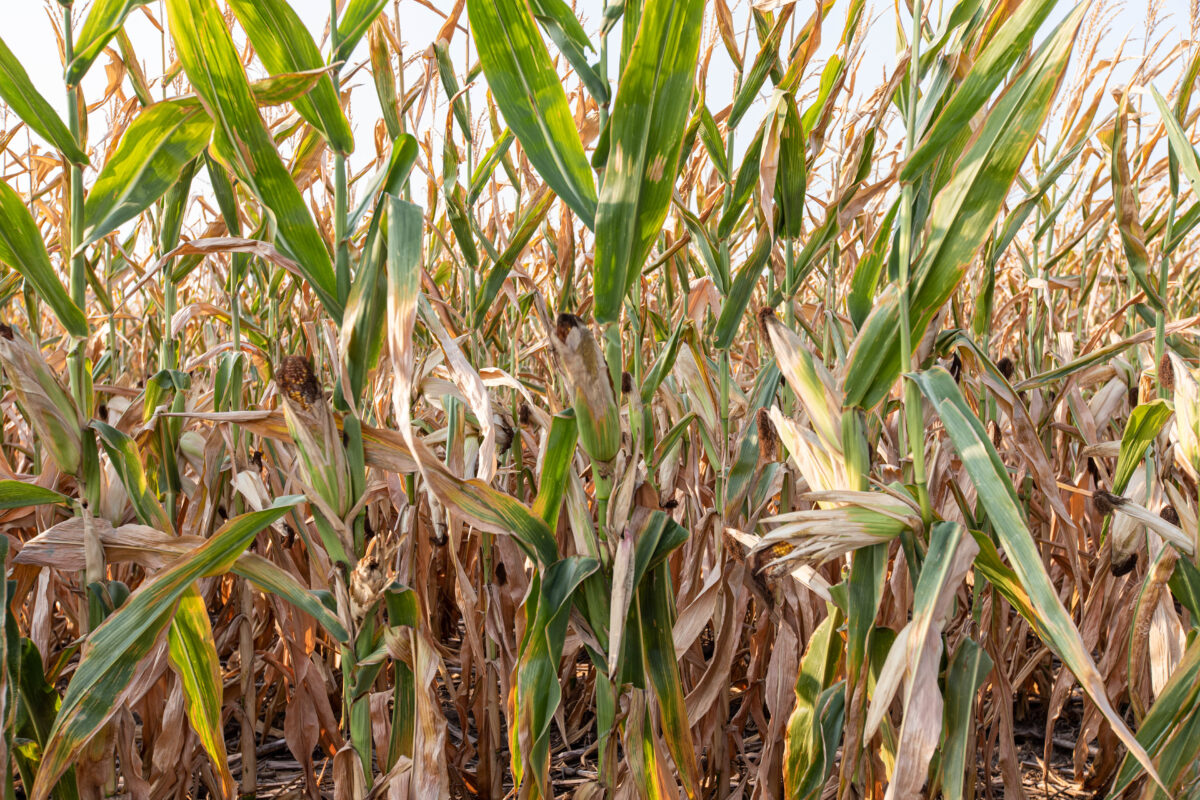James Quinn and the Founding of Farm Bureau
Guest Author
Special Contributor to FB.org

photo credit: AFBF Photo, Philip Gerlach
Guest Author
Special Contributor to FB.org
By Stewart Truelsen
The early 1900s were known as the Progressive Era in American history. It was also a period of organizing for mutual support and to share knowledge. Labor unions organized workers for better wages and working conditions. Two great service organizations were started during this time—Rotary International in 1905 and Kiwanis International in 1914.
After Rotary and before Kiwanis was the Farm Bureau, which would become one of the nation’s largest membership organizations. The first Farm Bureau was founded in 1911 in Broome County, New York. Farm Bureau history would be simpler if we could point to one man and say he organized Farm Bureau, but that’s not the case.
However, one man does stand out in history and was honored this year at the American Farm Bureau Federation’s annual convention with the first-ever Farm Bureau Founders Award. His name was James Quinn and he was the first Farm Bureau president.
We don’t know a whole lot about Quinn except that he was a prominent dairy farmer in Broome County and other farmers looked to him for leadership. The idea for a Farm Bureau, however, appears to have originated with the Chamber of Commerce in Binghamton, New York.
The chamber wanted to see farmers adopt scientific advances in farming with fertilizers, improved livestock breeds and machinery to boost agricultural productivity. Farmers were major consumers so the chamber had an interest in their prosperity, but it also hoped that increased farm production would constrain food prices.
What better way to advance agriculture than to enlist the aid of a prominent farmer to demonstrate these improvements on his farm? The demonstrations were arranged by John Barron, one of the first county Extension agents in the northern states. Together Quinn and Barron organized local farmers, most of them dairymen, to discuss and implement these farming methods. Because Quinn’s farm was located along a major road, his success or failure was apparent to all who passed by.
The distinguished dean of the College of Agriculture at Cornell University, Liberty Hyde Bailey, also was an early supporter of the Farm Bureau movement. Cornell provided the research and information Barron used to advise farmers on everything from soil fertility and farm management to dairy production and insect infestations.
Quinn was not immediately named president, but as the fledgling organization developed a structure he became its first president. It was decided early on that farmers would pay annual dues to belong and that control should rest in the hands of the farmer members.
In true grassroots fashion, similar groups formed with the help of county agents in other states. Initially, some of them were called farm improvement associations. Later they took the name Farm Bureau. County Farm Bureaus joined together to form state Farm Bureaus, which then met in 1919 to form the American Farm Bureau Federation.
James Quinn is not forgotten in Broome County. A housing development, Quinn Estates, bears his name. The farm-to-market road that ran by his farm is now a highway. His dairy barn, although moved from its original site, is still standing along the highway. A bronze plaque on a large boulder also commemorates the fact that he was the first Farm Bureau president in the United States.
Quinn, Barron, Bailey and perhaps an unnamed member or two of the Chamber of Commerce were important in the formation of Farm Bureau in 1911. Quinn, however, had the most to lose. His reputation would have been tarnished if farmers were misled and the organization failed them. He had nothing to gain from taking such a risk. But Quinn set an example of service to fellow farmers that Farm Bureau leaders still follow today.
Stewart Truelsen
Freelance writer
Stewart Truelsen is a food and agriculture freelance writer and a regular contributor to the Focus on Agriculture series.
Top Issues
VIEW ALL